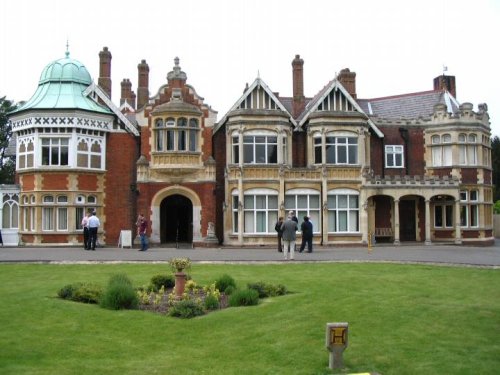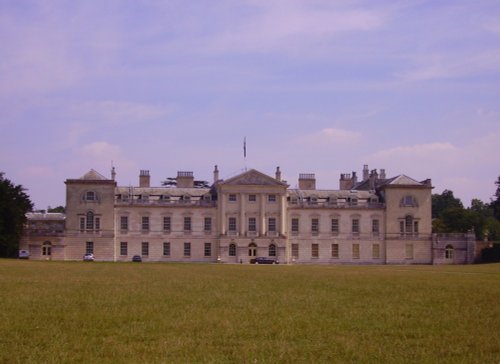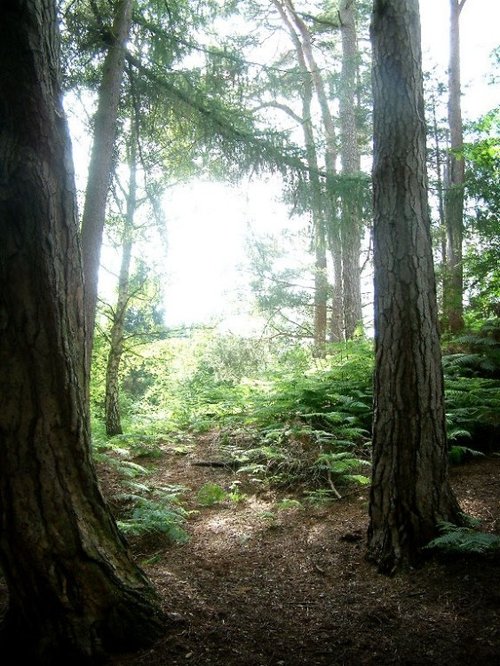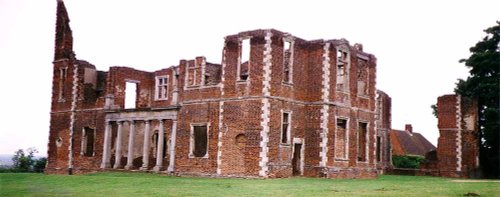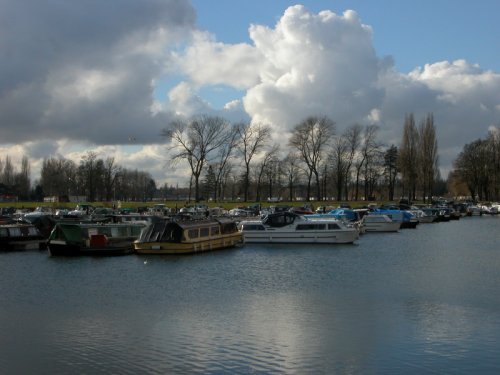Pictures of Newport Pagnell
About Newport Pagnell
The history of Newport Pagnall began as far back as the Iron-Age when a settlement sprang up at the confluence of the rivers Ouse and Lovat. The Lovat is a pretty silvery stream, where-as the Ouse is and always was a formidable waterway.
The name Newport Pagnall is a legacy from when the town was owned by Fulk Paynell who received it following the Conquest. However, it was not fortified until the Civil War. Today, these earthwork fortifications remain to be identified on Bury Field, a 185 acre common noted as a place for pleasure and for wildlife.
In the past the town has been a centre for lace, parchment, and its close proximity to London (50 miles) made it a famous coaching centre. In the 20th century it became noted as the home of Aston Martin Lagonda, one of the world's finest and fastest cars.
Today, Newport Pagnall is primarily a dormitory town for folk with business interests in the City of London. It's wide range of housing extends from delightful cottages hidden in quiet country spots to new housing estates crammed full of pleasant modern homes. Intermingling with these are charming luxurious houses in leafy lanes or bordering on to the river.
Visitors here can find plenty to interest them, the town has the world's oldest iron-bridge still in use for motorised traffic. It's most notable architectural building is the beautiful church dedicated to St.Peter and St. Paul. Dating from around the 14th century the church occupies a lovely riverside location. Its west tower dates from 1540, whilst the castellation is an adornment from Victorian times. The interior of the church has many treasures including exquisite stained glass. In the churchyard is the tomb of William Cowper of nearby Olney, this bears the date 1788.
The Kiosk is said to be the oldest house in Newport Pagnall, although not a lot is known about this save for the fact that it stands close to St.Anne's Hospital which was originally built in 1615 as The Hospital of St.John the Baptist. The present hospital building dates only from the 19th century, but it carries an inscribed beam from the original building.
Lovat Bank bears all the hallmarks associated with a property built for a gentleman of substance, and it was. The large house, standing in delightful grounds was built in 1877 for Mr Taylor who made a fortune from mustard and mineral water. The Taylor factory moved to Cheshire in the latter half of the 20th century. The house has had various usage but is presently offices. Happily the public are granted access to it's pleasant lawns.
The town has a good commercial and shopping centre where visitors find pleasant shops lining the streets including the spacious High Street which has a variance of modern buildings mingling with the old. Always colourful, the town becomes more vibrant on market days when it receives an influx of visitors from surrounding towns and villages. For refreshment there is a choice of no less than 12 inns, the picturesque Coachmakers Arms is one of the oldest in the town which still retains much of its former historic character. The Swan Revived Hotel is the last of the town's former coaching inns, it's handsome Portico dominates the northern end of the town, bringing romantic echoes of what the town looked like in it's coaching "hey-day" when thirty or so coaches passed through.
With cobbled streets to wander through, delightful riverside paths, choice buildings, pleasant green spaces, old inns and modern shopping Newport Pagnall appeals to many as a delightful place to spend a weekend, or to use a base for exploring fine Buckinghamshire countryside. It is also easily accessible for anyone wishing to spend a few days discovering London, yet not wishing to stay amidst the bustle of the Capital.
